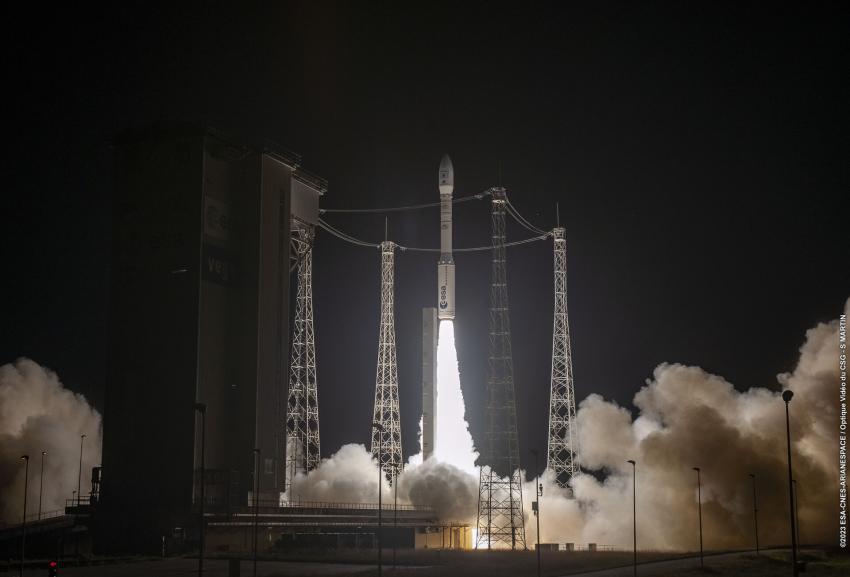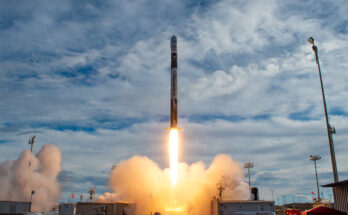
The Ariane and Vega programs are Avio’s bread and butter. While the company does some work on missile propulsion systems, space systems are where Avio has established its niche.
The company’s current focus is the new Vega launch vehicle. Developed in cooperation with the Italian Space Agency under the aegis of the European Launch Vehicle joint venture, the Vega continues to be the program for Avio in the years ahead.
Though the Vega will face a number of contenders in the international commercial market, a major advantage for the vehicle is that its primary business will be with the European Space Agency, which will continue to launch lightweight scientific satellites into polar and low-Earth orbits. The ESA is dedicated to using European-built equipment and continues to launch lightweight scientific satellites, which should ensure steady demand for the Vega.
However, the program has run into its share of launch failures, the most recent being in December 2022 when a Vega C malfunctioned. Previously, the base Vega suffered launch failures in 2019 and another in 2020. The Vega C failure was attributed to a fault in the Zefiro-40 solid-fuel second-stage nozzle.
This third failure has further slowed European plans for its autonomy in access to space. The recent launch failure has pushed back the Vega-C’s return to service until 2024. Meanwhile, the Ariane 6, which was originally planned to launch in 2020, has faced a series of delays and is now targeted for 2024 as well.
Despite the setbacks, the company’s order book continues to climb. Halfway through 2023, the backlog had grown to EUR1.4 billion, up 34 percent from year-end 2022. Fueling this growth is a strong domestic market due to Avio’s association with the ESA, which is dedicated to using European-built equipment and continues to launch lightweight scientific satellites. This will ensure steady demand for the Vega, despite the short-term setbacks.
As it looks to the long term, Avio is continuing to improve the Vega. An upgraded Vega C has been approved, and a further advancement, the Vega E, has entered the initial stages of development. Helping to bolster the vehicle’s future is that these new models will utilize the same P120 solid-fueled motors that will power the Ariane 6.
The firm’s success in its niche has not gone unnoticed, with Italian defense conglomerate Leonardo upping its stake in the company to about 30 percent. Under Leonardo’s overall industrial plan, the firm is developing and strengthening its operations in the core aerospace, defense, and security markets. The addition of the Avio stake will allow the development of possible industrial collaborations with Leonardo’s other joint ventures – Telespazio and Thales Alenia Space.
A military history enthusiast, Richard began at Forecast International as editor of the World Weapons Weekly newsletter. As the Internet grew in importance as a research tool, he helped design the company's Forecast Intelligence Center and currently coordinates the EMarket Alert newsletters for clients. Richard also manages social media efforts, including two new blogs: Defense & Security Monitor, covering defense systems and international issues, and Flight Plan, which focuses on commercial aviation and space systems. For over 30 years, Richard has authored the Defense & Aerospace Companies, Volume I (North America) and Volume II (International) services. The two books provide detailed data on major aerospace and defense contractors. He also edits the International Contractors service, a database that tracks all the contractors involved in the programs covered in the FI library. More recently he was appointed Manager, Information Services Group (ISG), a new unit that encompasses developing outbound content for both Forecast International and Military Periscope.



